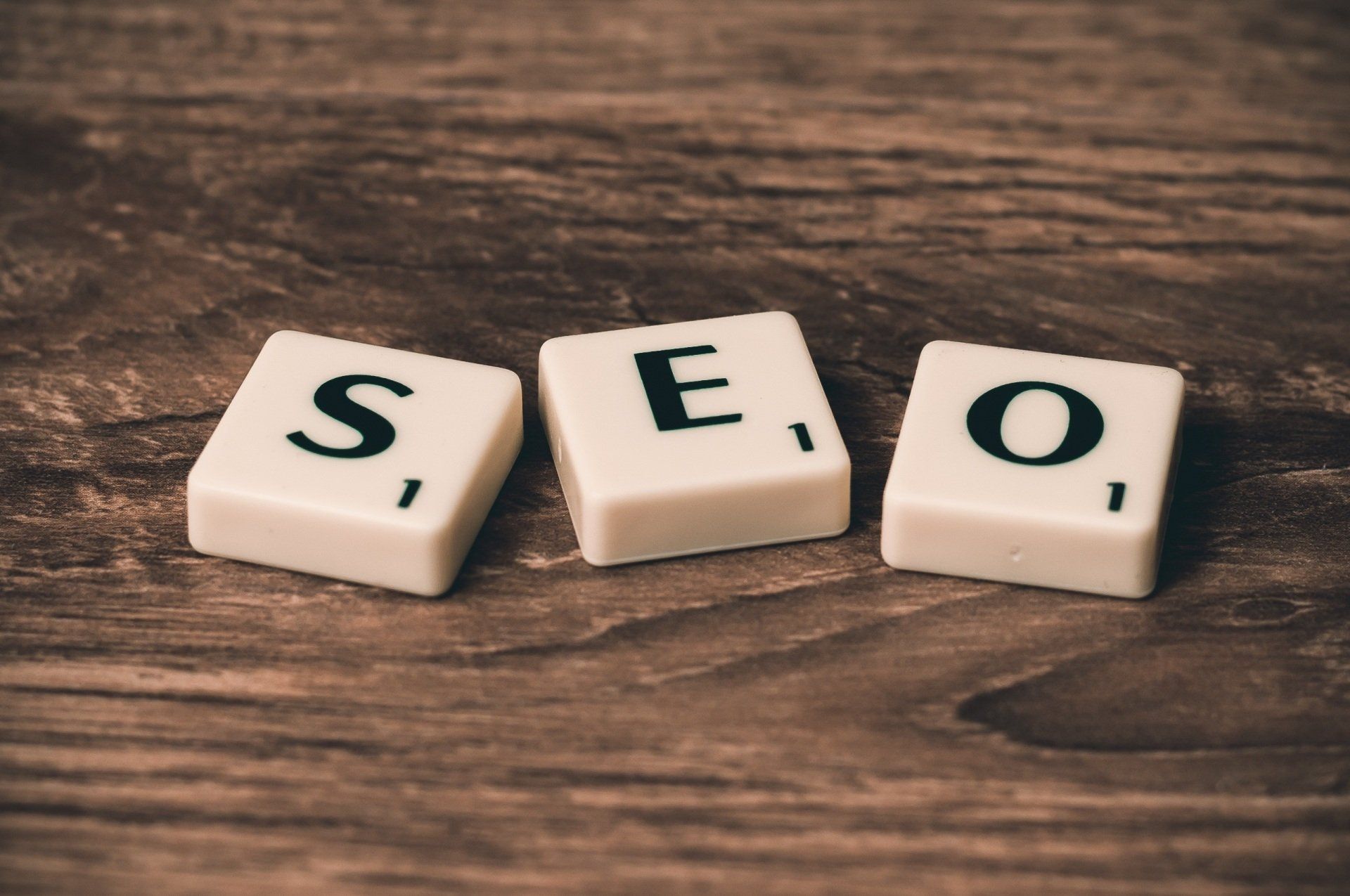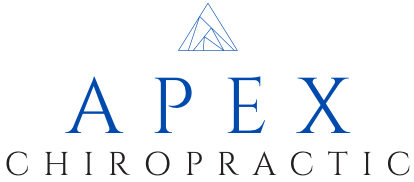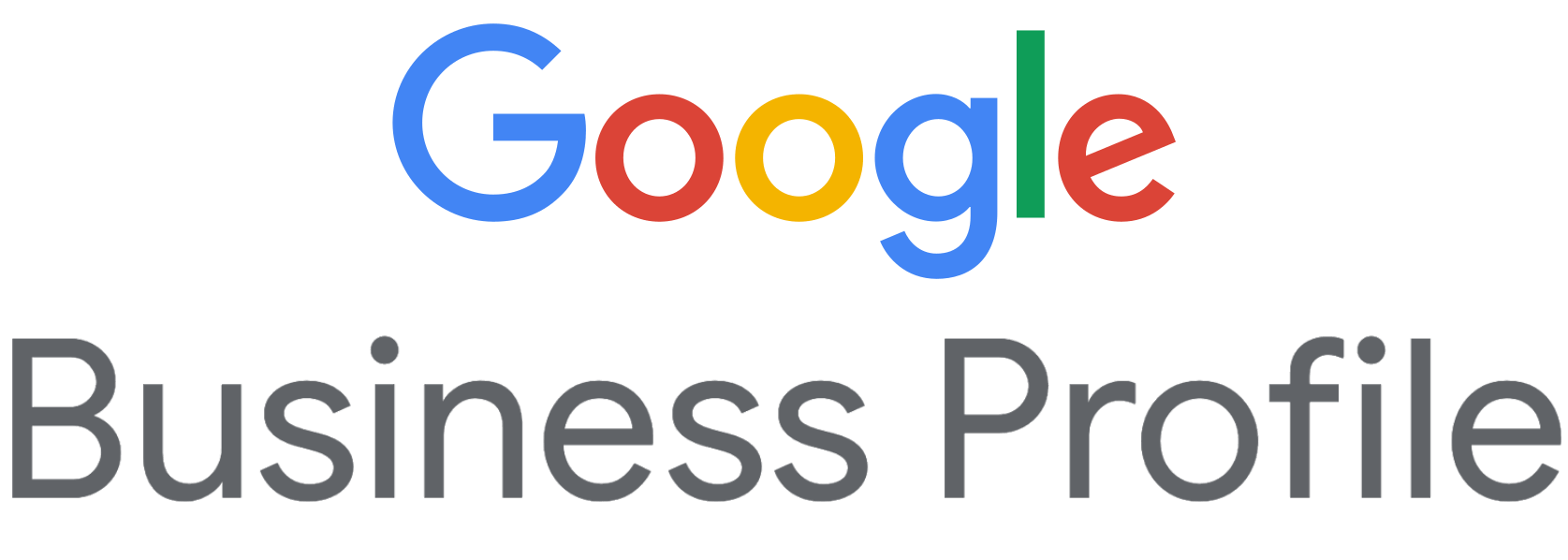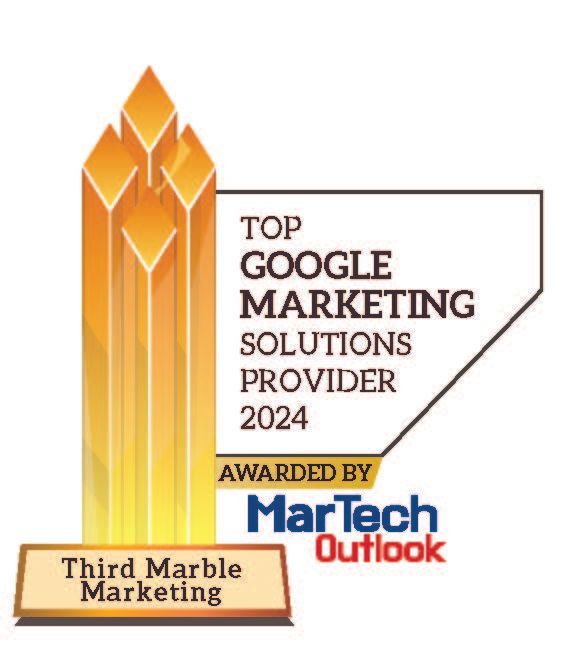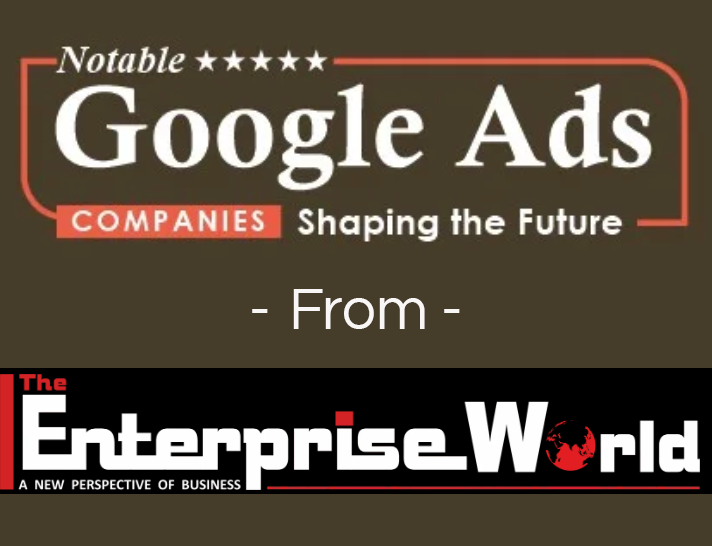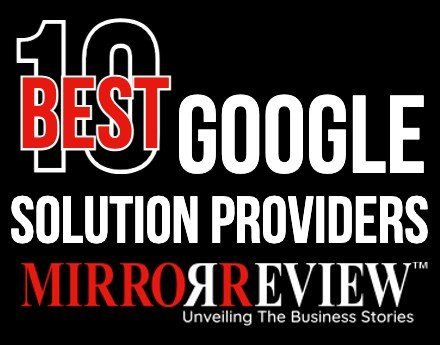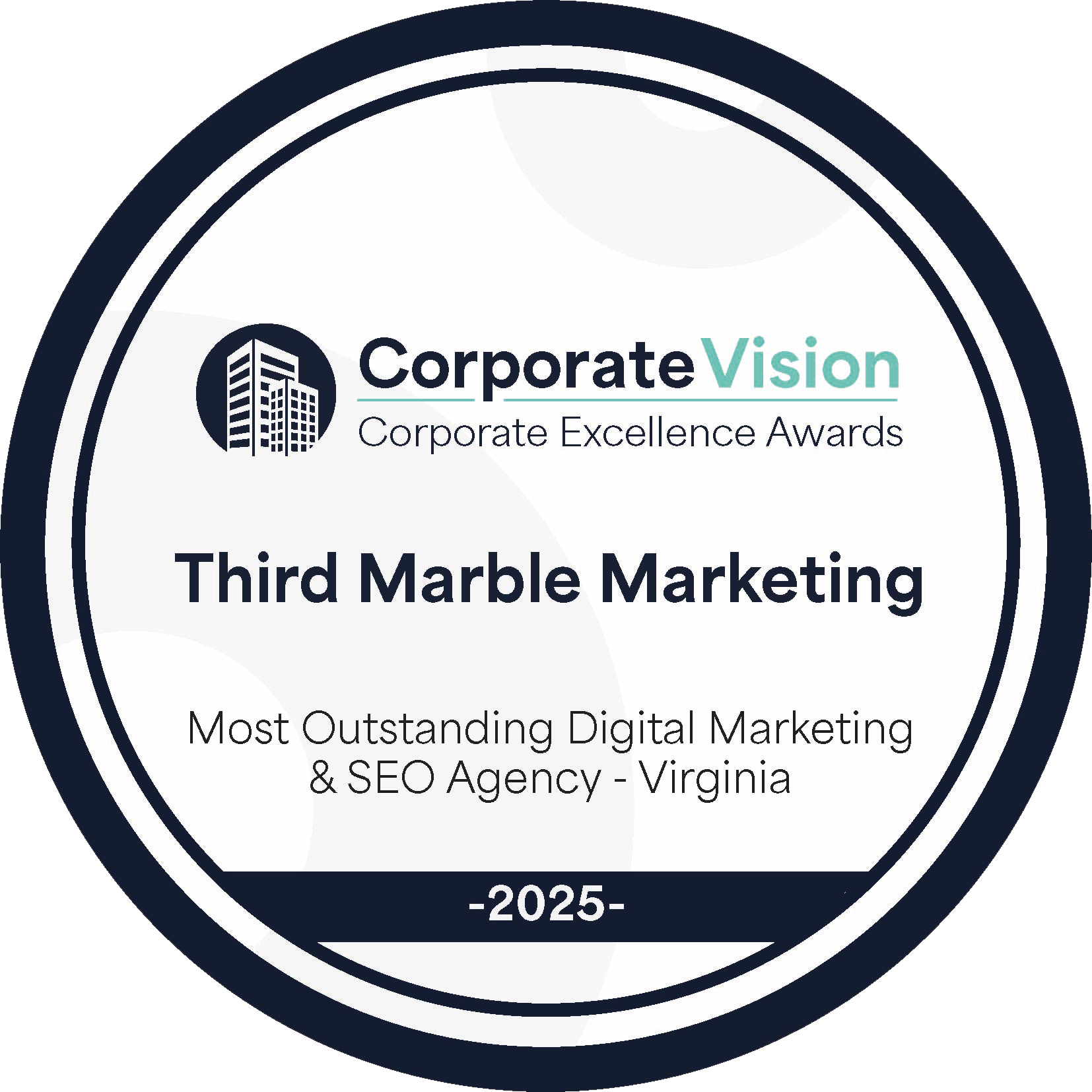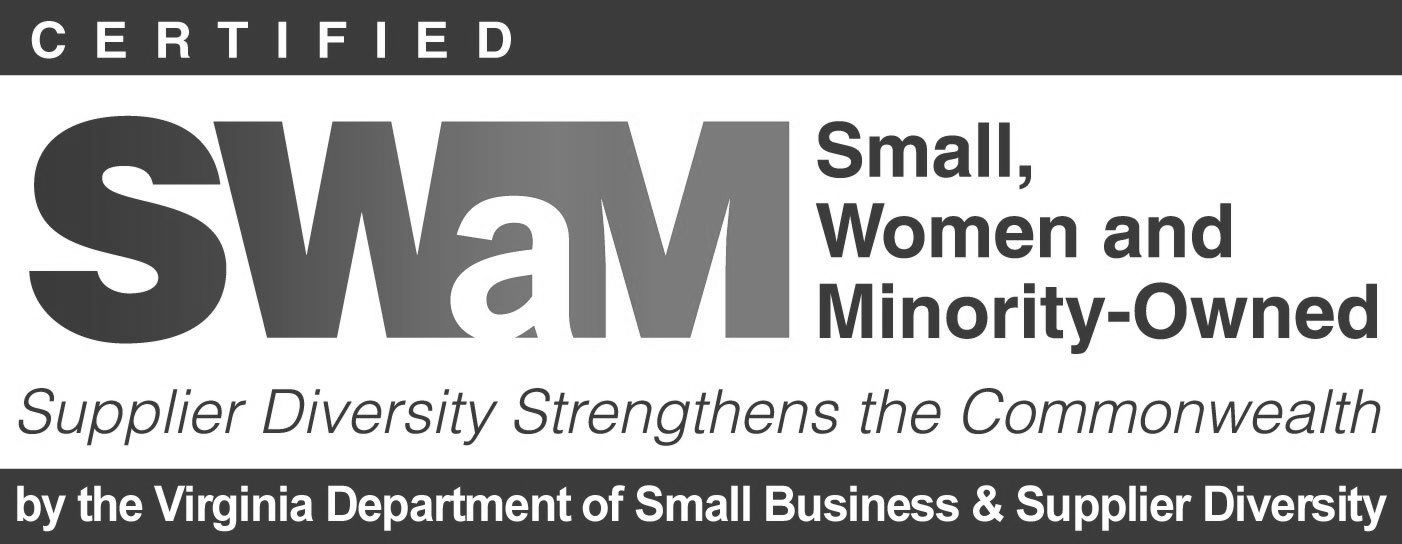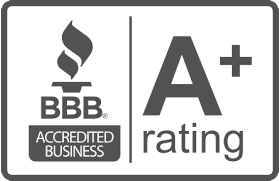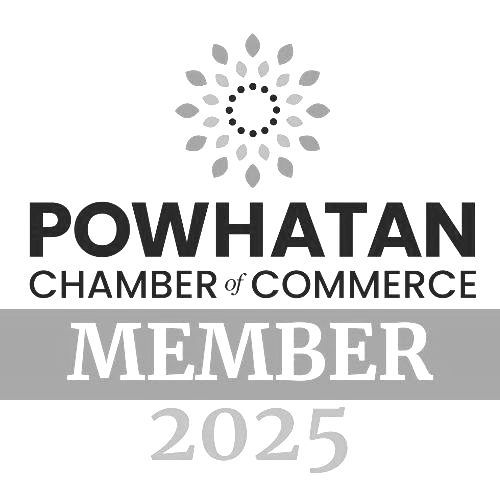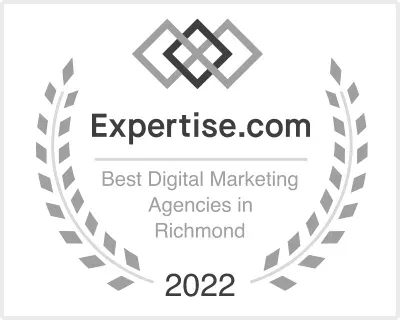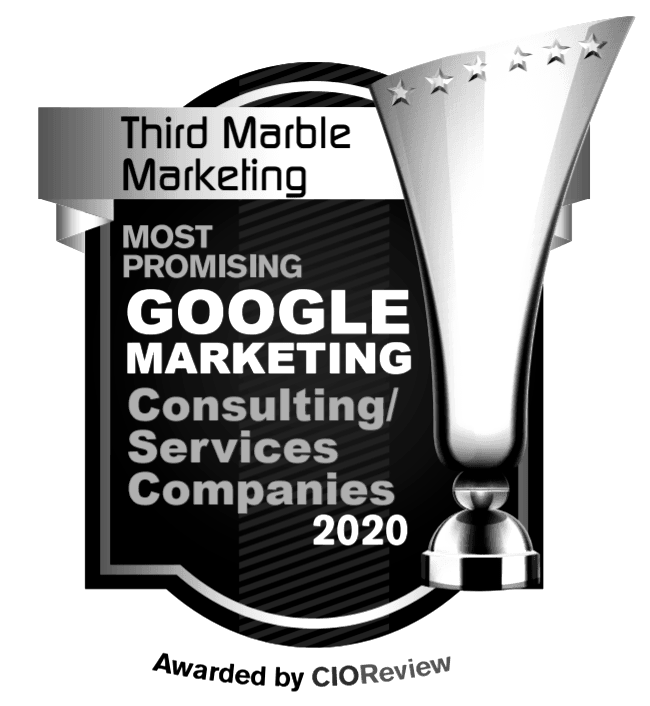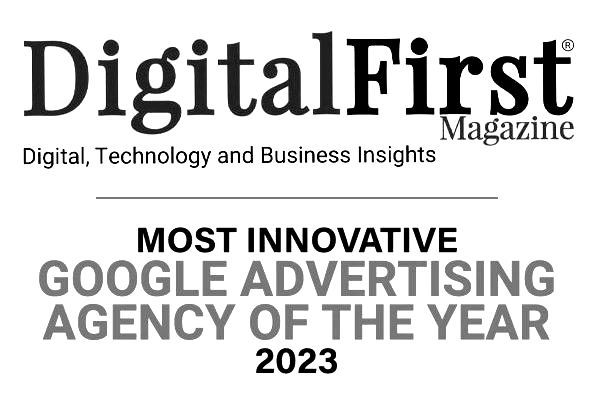SEO Or PPC … Not An Either-Or Decision
SEO OR PPC … NOT AN EITHER-OR DECISION
Search Engine Optimization & Pay-Per-Click Ads – The Synergy
Synergy noun syn·er·gy | \ ˈsi-nər-jē \
combined action to produce a result greater than the sum of their separate effects
Said another way … making 1 + 1 = 3, or 4 or more!

If those results appeal to you … and we suspect they do … read on to learn what SEO and PPC are and how they pack a powerful one-two marketing punch when optimally balanced for your unique company.
Search Engine Optimization (SEO)
SEO is the process of generating online visibility of your website via creation of content that proves attractive for search engines (read Google) to grab on to. The technical term is organic search results which means the unpaid results earned through providing content perceived as valuable to people seeking information.
An effective SEO strategy will drive more visibility for your business, establish you as a thought leader and convert more qualified inbound leads who are seeking what you offer. To be effective your strategy must be alert and responsive to the continuing evolution of the search engines, particularly Google. That means being nimble and proactive in perfecting your strategy as search algorithms and market conditions are subject to rapid and frequent change.
So, diligence in staying on top of the digital marketing evolving landscape is critical to your success. If you falter in those efforts you will forfeit your quest to be at the top of the vendors list ( Page 1 of Google ) when your customers, prospects and referral resources are searching for what you can deliver. Your more vigilant competitors will triumph which means you just lost a customer to a competitor who has successfully done what is necessary to occupy Page 1 status.
Your SEO process is a building block effort. That construction project will depend on:
- The number of pages you have on your website;
- The number of competitors you face;
- The number of locations you have.
There are a series of definable tasks that need attention. Click HERE for a Checklist for Success of the 12 key elements that ultimately are coupled with ongoing search engine optimization.
If you choose a DIY approach to SEO, be aware that there is more below the waterline than is obvious in a view of the tip of the iceberg.
You will gauge your success with your SEO strategy based on how well you build a stronger overall organic search presence that drives more people to your website and increases your conversion rate, i.e. suspects to prospects, and prospects to customers.
That means no less than a Page 1 presence!
Note: If your goal is to attract local business , Google looks at your “ Local SEO Signals ”. An SEO signal is simply something that Google can find online about your business or website, measure it and use it in their algorithm. Click HERE for a chart that groups these signals into key categories and weights them roughly by the influence in the algorithm. This is based on our research and experiences with our clients and is highly likely to change as Google changes the algorithm over time.
Pay-Per-Click (PPC) – Google Ads
PPC is paid advertising on a search engine’s results page to drive traffic to your website.
Let’s use Google as our example search engine. Google Ads is its PPC management system. Companies that advertise via Ads have their ads appear on the Google search results page. At this point no cost incurred.
When searchers Google (clicks) using a keyword or key phrase, an auction market is triggered. If there are many companies bidding for the same phrase, then the cost per click will be much higher. If there are only a few companies bidding on a phrase, then the cost will be less.
The advertising company that bids the highest price for a click on its ad gets placed at the top of the Google search results page. That page placement will enjoy the highest number of clicks and the topmost likelihood of conversion to sales.
Your success with PPC advertising will depend on a superior and tightly targeted choice of keywords and phrases, plus a well written ad coupled with an attractive, easy-to-navigate website. Unless th ose three “aircraft” are all flying in formation, you run the risk of months of frustration and costly errors.
The Synergy of Combining Both an SEO and PPC Strategy
So, it’s clear that both SEO and PPC deliver significant benefits in driving traffic to your website. Now let’s take a look at the leverage and multiplier effect when the two are combined in your marketing mix.
From the SEO side, your mission is to create superior content that is perceived as valuable by your target audience(s). That means meaningful product information with lots of benefit statements directed at the needs of your prospects and referral resources. Additionally, your pages, images and reviews should demonstrate your clear position as a thought leader and industry expert. That drives organic search results that the search engines embrace.
Now couple your organic search strategy with that of paid search. Here’s where the synergy comes in to play. You want to be present in as many online entry points as possible. PPC delivers a trifecta function:
- It allows you to buy search results before you are regularly ranking high with your SEO organic efforts.
- Google allows more data to flow when paid-for ads are initiated through Ads accounts.
- Third, PPC is an excellent way to test the validity of your SEO campaigns. Buy what you consider are the keywords and use PPC to confirm your choices before jumping into an extended, and time-consuming SEO series of promotions.
Takeaways
The power of SEO is to deliver visibility and credibility to your business. Properly designed, executed and monitored, SEO will result in a Page 1 ranking as Google acknowledges you as a trusted source of valuable information. That means more traffic to your website while building brand awareness and confidence.
PPC campaigns are extremely valuable when time is of the essence to spike website traffic. Google Ads give you control over the information you wish to share with your audience. You also enjoy the advantage of targeting the specific audiences you want to see your ads.
An effective combined SEO/PPC marketing strategy will turbo-charge more visibility for your business, establish you as a thought leader and convert more qualified inbound leads who are seeking what you offer. That said, it requires diligent, nimble, proactive monitoring and execution to prevail in the competitive arena of being at the top of the vendors list when a buying decision is to be made or a referral opportunity surfaces.
Your Next Step
Now your choices are do-it-yourself or invest in professional SEO/PPC management services. It is likely that you are already wearing several hats as a business owner and ladling on yet another marketing responsibility is probably not an option … particularly if you have to master the learning curve to effectively marry SEO and PPC.
SEO and PPC strategy and execution is a profession unto itself. You are well-advised to seek proven expertise just as you do with your accountant, attorney or other trusted advisors.
Our job at Third Marble Marketing is to deliver proven, successful strategies to maximize the effectiveness of your Google Ads, improve your SEO strategy, feature you on Page One of Google and drive pre-qualified traffic to your website!
Of course, all of that is extremely important. Equally important is to convert visitors to your website to take what you consider a valuable call to action. That’s where your web design agency becomes invaluable.
Why not rely on both an SEO/PPC resource plus your web design agency to successfully tackle these jobs?
Third Marble specializes in Local SEO to get your business found organically.
Our Google Ads Management Services include all aspects of Google Ads to produce maximum ROI.
We’ll respond promptly … at no charge for initial consultation.
Click here for a FREE SEO Audit.
Don’t have a web design agency?
Visit our website HERE
for proven professional web designers.
Web Designers and Marketing Agencies
Ask about our White Label Google Ads (AdWords) Management services!
The post SEO Or PPC … Not An Either-Or Decision appeared first on Third Marble Marketing.
Third Marble Marketing - Google Ads & SEO Tips, Tricks and Case Studies

